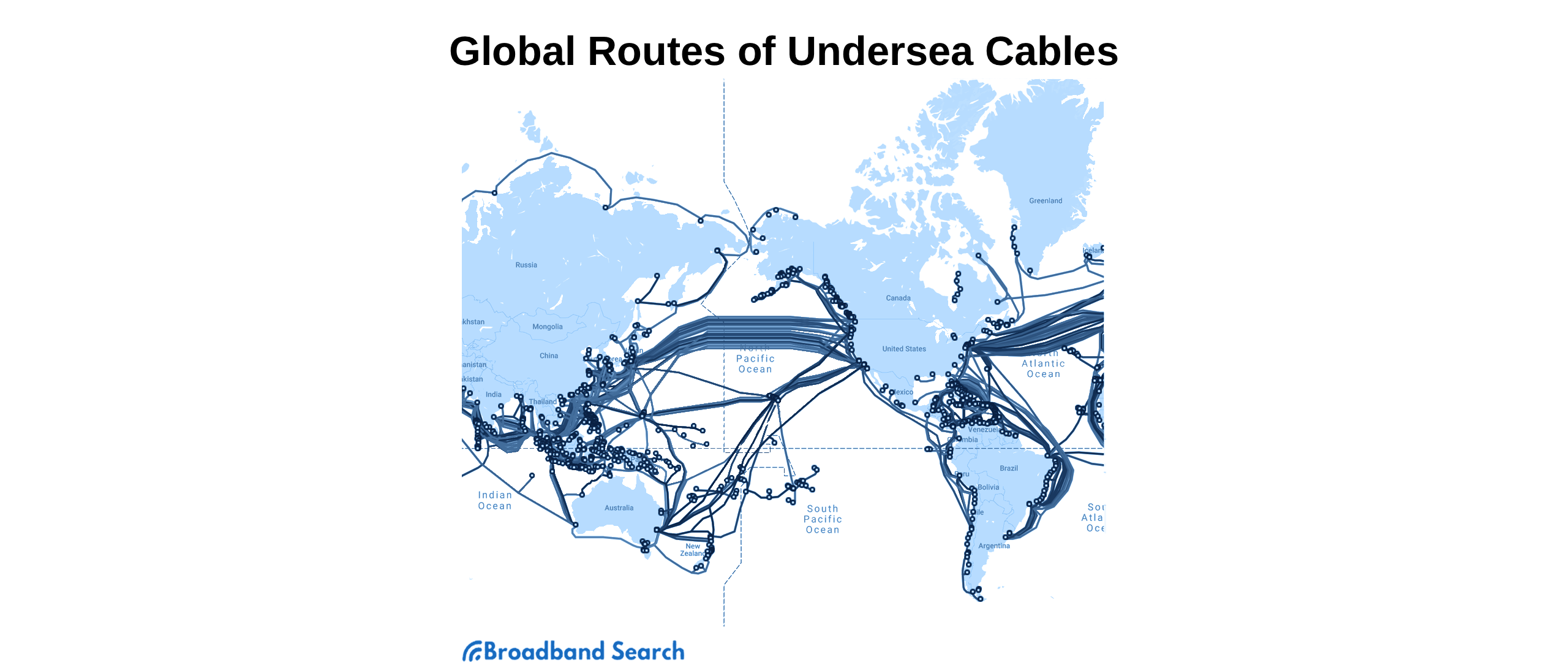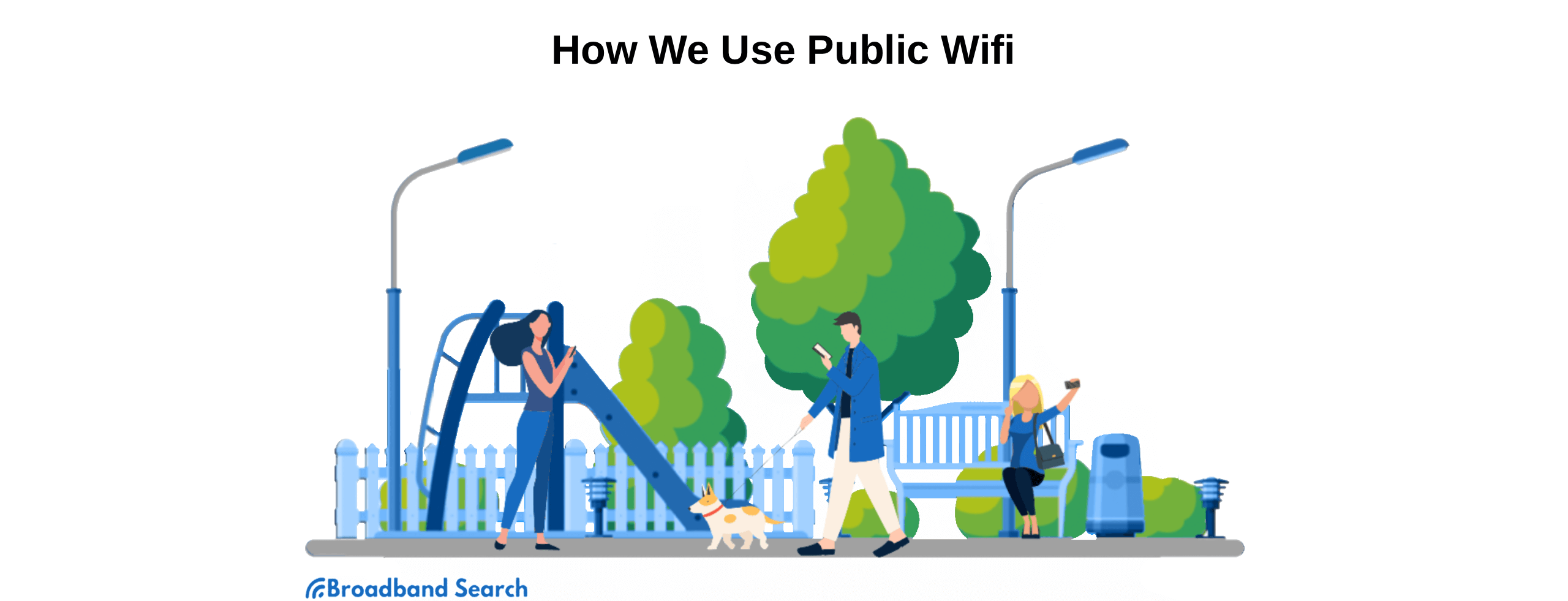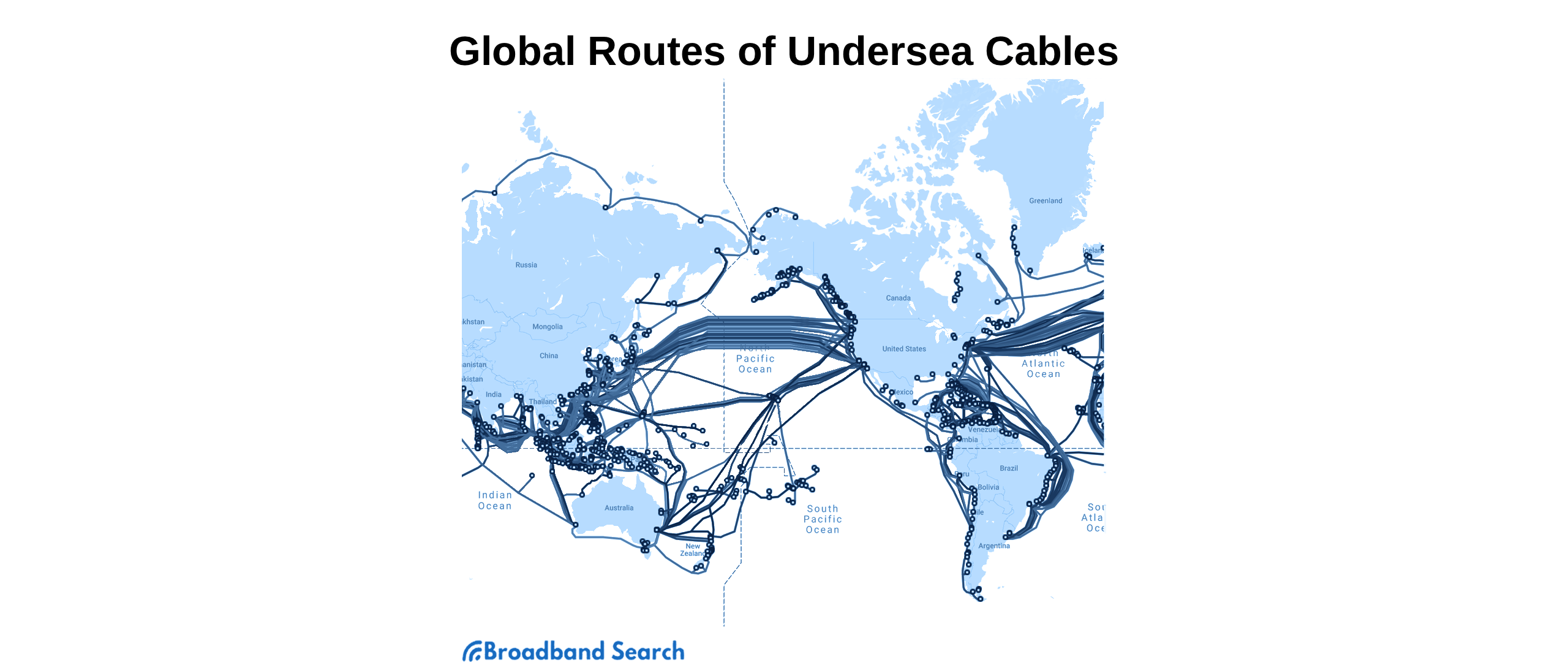Hawaii used to be plagued by slow internet, but thanks to Hawaiian Telecom Internet (along with other local internet service providers) that is finally changing. Up until recently, the big problem with the state's broadband was that the existing network infrastructure was simply too old and too congested. Various solutions were proposed by public and private entities over the years, from the creation of locally-owned broadband networks that wouldn't rely on existing ISPs to petitions urging Google to choose the islands as the next location for one of its new fiber-optic networks. None of the proposed solutions bore fruit, however, and the state's broadband speeds remained among the slowest in the nation.
In 2009, despite a series of new undersea network cables being laid down across Hawaii in the early 2000s, the state was still ranked 47th in download speeds nationwide according to the website Speed Matters, and yet users were still paying premium prices for whatever broadband plan they could get. Casual users could get by with the available speeds but gaming, streaming, and other activities that relied on a connection with minimal latency still posed a challenge.
What Exactly Was Going On?
The problem wasn't just the available bandwidth, but also ping and latency. In general, download and upload speeds offered by Hawaiian Telecom Internet and other ISPs were actually comparable to what was being advertised on the mainland. Ping is the time it takes data to go from a device to the server and back, and latency is the time it takes for data to travel from the server to a device. When data is moving quickly, online activities feel instantaneous (i.e., you click on a link, and a website loads right away or you press a key to walk forward in an online game and your character moves immediately). But when both ping and latency are high, even browsing the web can be a frustrating experience. Hawaii's distance from the continental United States meant that data had to travel a lot further, so even when users were getting advertised speeds their connections could feel laggy.
And Then What Changed?
The now infamous notion that the internet is a series of tubes is actually not as silly as it sounds. The underlying infrastructure of the internet really is a series of tubes - specifically tubes of either copper or fiber optic cables wrapped in layers of steel and plastic, running over the ground and under the sea. Not that long ago, many of the undersea cables connecting Hawaii with other parts of the globe were either retired or at capacity. In other words, too many users were sharing the limited bandwidth of older cables. Ping and latency were already an issue because of physical distance, and outdated infrastructure wasn't helping matters.
So Hawaiian Telecom Internet invested $25 million in a $250 million undersea cable project that would connect Hawaii, the U.S. mainland, and Asia with modern fiber cables and ensure that these connections were as stable as possible. These new fiber cables would also have a much larger capacity - enough to stream 4 million high-definition movies simultaneously, according to Hawaiian Telecom Internet. The end result is that customers are now able to avoid much of the lag that used to be an unavoidable part of using the internet in Hawaii.

Hawaii's New Symmetrical High Speed Internet
Hawaiian Telecom Internet also launched symmetrical high-speed internet in May of 2018, with 100 Mbps download and upload speeds for most users and a lightning-fast 300 Mbps upload and 500 Mbps download in areas where fiber infrastructure is available. So far, they are the only mass market ISP in Hawaii offering symmetrical high-speed internet, but the reach of fiber is spreading so chances are good that other broadband providers will eventually catch up in Hawaii and on the mainland since the demand for these higher upload speeds is growing.
The symmetrical high-speed packages (or 'zipper lane' packages) let Hawaii residents send videos, broadcast on Twitch, play real-time games, and work remotely without any slow-downs. Why is fiber internet so much faster than internet delivered over copper cables? These thin strands of optically pure glass can carry data over much longer distances because they are immune to the kinds of electromagnetic interference and signal loss that plague copper wires. Large amounts of digital information can be transmitted over long distances so quickly that some devices may have trouble processing that information quickly enough!
Fiber optics is more than likely the future of broadband delivery in residential markets, so Hawaiian Telecom Internet is clearly ahead of the curve.
The Islands Now Have Free Wi-Fi, Too
To ensure that more people have access to high speed internet, the state's Department of Commerce and Consumer Affairs (DCCA) is rolling out free public Wi-Fi hotspots provided by Spectrum on Kaua'i, Maui, Moloka'i, and O'ahu where users can get one hour of free service per day, per device. The ultimate goal is to have at least 1,000 new public Wi-Fi access points across the state in public parks, community centers, and other areas where people tend to gather.
In a 2016 press release, the DCCA stated that having free, public Wi-Fi will enhance the health and well-being of Hawaii citizens - particularly those who still don't have the internet in their homes because of economic barriers or because they are located in rural areas where broadband internet is unavailable. With free public Wi-Fi, these people can access online health, education, and employment services.
"In recognition of the importance of public internet access for Hawaii residents, we have made it a priority to expand connectivity across the state—especially into our rural and underserved communities. It is our hope that this initiative will improve the quality of life for our residents and the general public," said Governor David Y. Ige in the release.

The Benefits of Free Wi-Fi
Many cities have kicked around the idea of free citywide Wi-Fi only to find out that implementation of citywide networks is both more expensive than anticipated and more challenging. Adding Wi-Fi to the basic suite of urban infrastructure seems like a no-brainer, but creating a network that can serve a few hundred people is tough enough. Expanding existing networks to serve thousands means overcoming huge technical challenges.
Hawaii was actually experimenting with free Wi-Fi back in 2012 with its 'Kokua Wireless' network. Kokua is a Hawaiian word that means to help, and the Kokua network was made up of local businesses that volunteered to become internet hotspots. The end result was that more than 2,400 free hotspots popped up throughout the state offering users at least 30 minutes of free Wi-Fi at a time.
The state's latest free Wi-Fi initiative was most likely driven by the research that suggests that universal access to the internet promotes economic activity and civic engagement, and can level the playing field in a world where the internet is increasingly a requirement for success at school and at work.
Free Wi-Fi gets people out of their houses and into public spaces. It is also a way for smaller towns and rural areas to compensate for poor residential internet service, which means that people who can't yet get Hawaiian Telecom Internet's symmetrical high-speed broadband still have a way to reliably access broadband internet.
It's unclear whether either fiber internet or citywide and statewide public Wi-Fi will become the norm, but the success of Hawaii's expanding user-friendly network may eventually become the test case that other municipalities use in the continental U.S. use when deciding whether to implement similar programs.
Are you a Hawaiian customer who wants faster, more reliable internet service? Hawaiian Telecom Internet might be the right choice! BroadbandSearch has unbiased reviews of ISPs near you so you can compare internet service providers and plans until you find the one that has the bandwidth you need at a price you like.
FAQ
Why are fiber optic connections so much faster?
There are many different reasons fiber is faster but most of its speed relies on the fact that, instead of electric pulses sent down a metal wire, data is transferred by light flashes and reaches about 70% of the speed of light in transit.
How much is a Hawaiian Telecom Internet plan?
You can choose from connection speeds at 300 Mbps, 500 Mbps, 750 Mbps, and 1 Gbps. Accordingly, the prices are $40/month, $45/month, $55/month, and $75/month. That means for only $35 per month Hawaiians can take advantage of this broadband internet. Note that the price is good for one year. After that, it will likely revert to the standard price at the time.
How does light carry data with a fiber connection?
The same principle applies with fiber internet as with any other type. Computers have long been programmed to classify each letter, number, and special character as a one or zero. At one end of the fiber cable a LED light flashes on and off. A sensor at the other end of the cable records either a 1 when the light is on and 0 when it is off. This is how data is created and read at the rate of millions of flashes per second or more.
Are cable and DSL connections cheaper than fiber?
You still might find cable packages priced lower than fiber but that won’t be for long. The higher price of fiber right now has to take into account building out new infrastructure while the costs of other types of internet have already been taken into account. The unseen cost is that cable/DSL networks physically deteriorate much faster than fiber, causing them to cost more in the long run in repairs and maintenance.
When was the first underseas cable laid to Hawaii?
The first underseas telephone cable was called HAW-1 and was laid in 1957. It ran from Hanauma Bay, HI, to Point Arena, CA. AT&T and the Hawaiian Telephone Company paid for the project. HAW-1 was retired in 1989. Projects to cover the islands with fiber networks continue.

